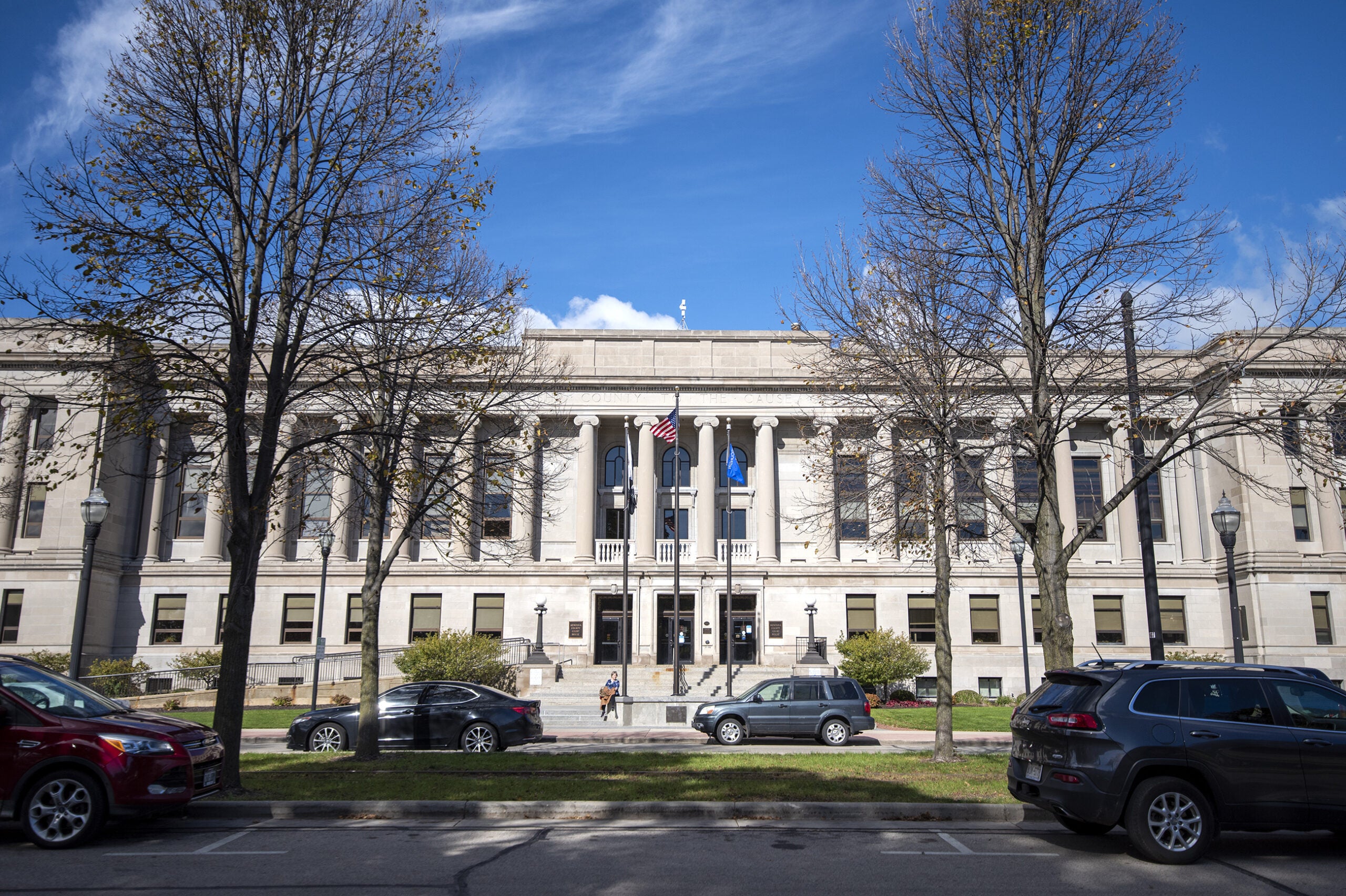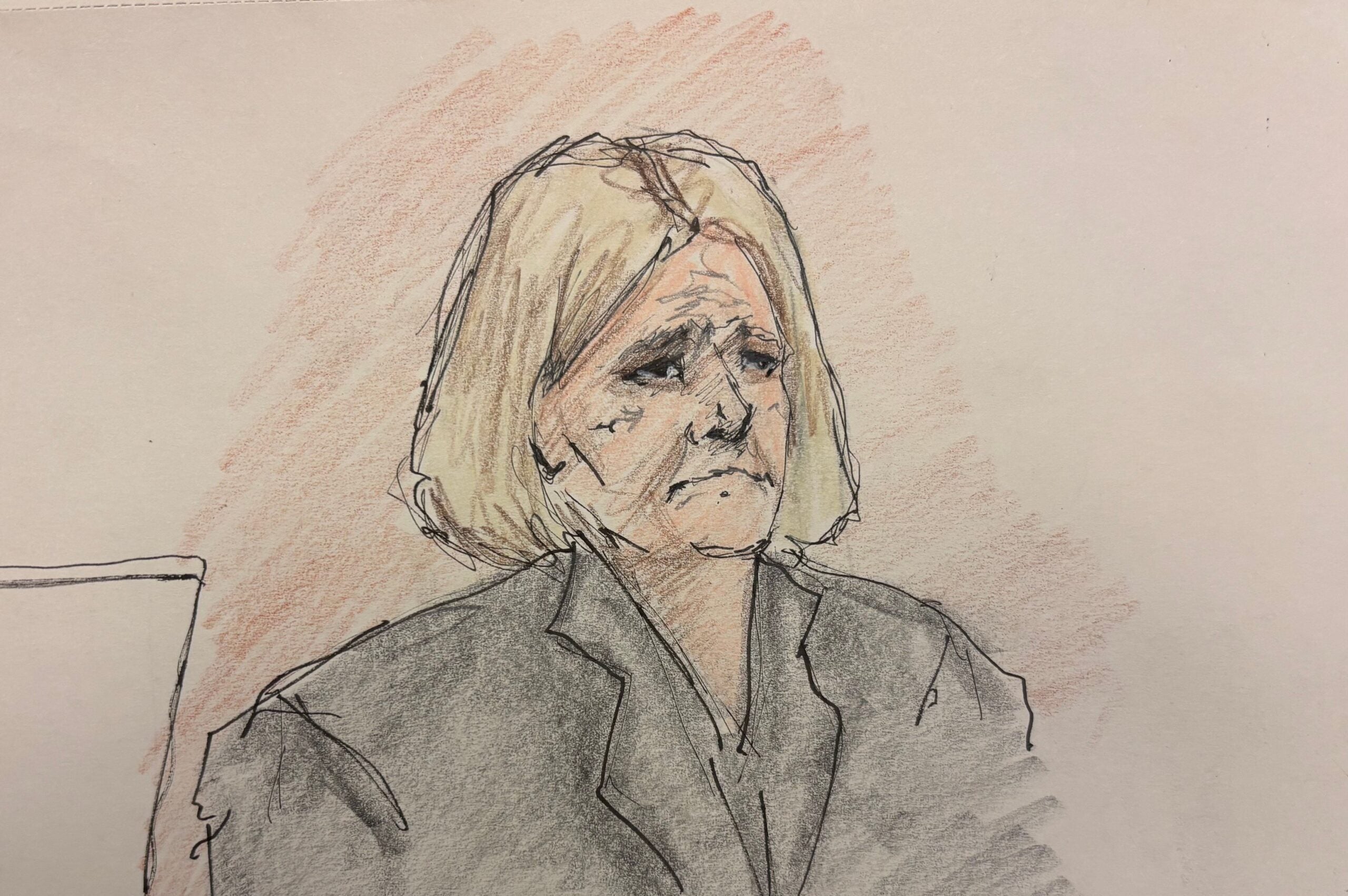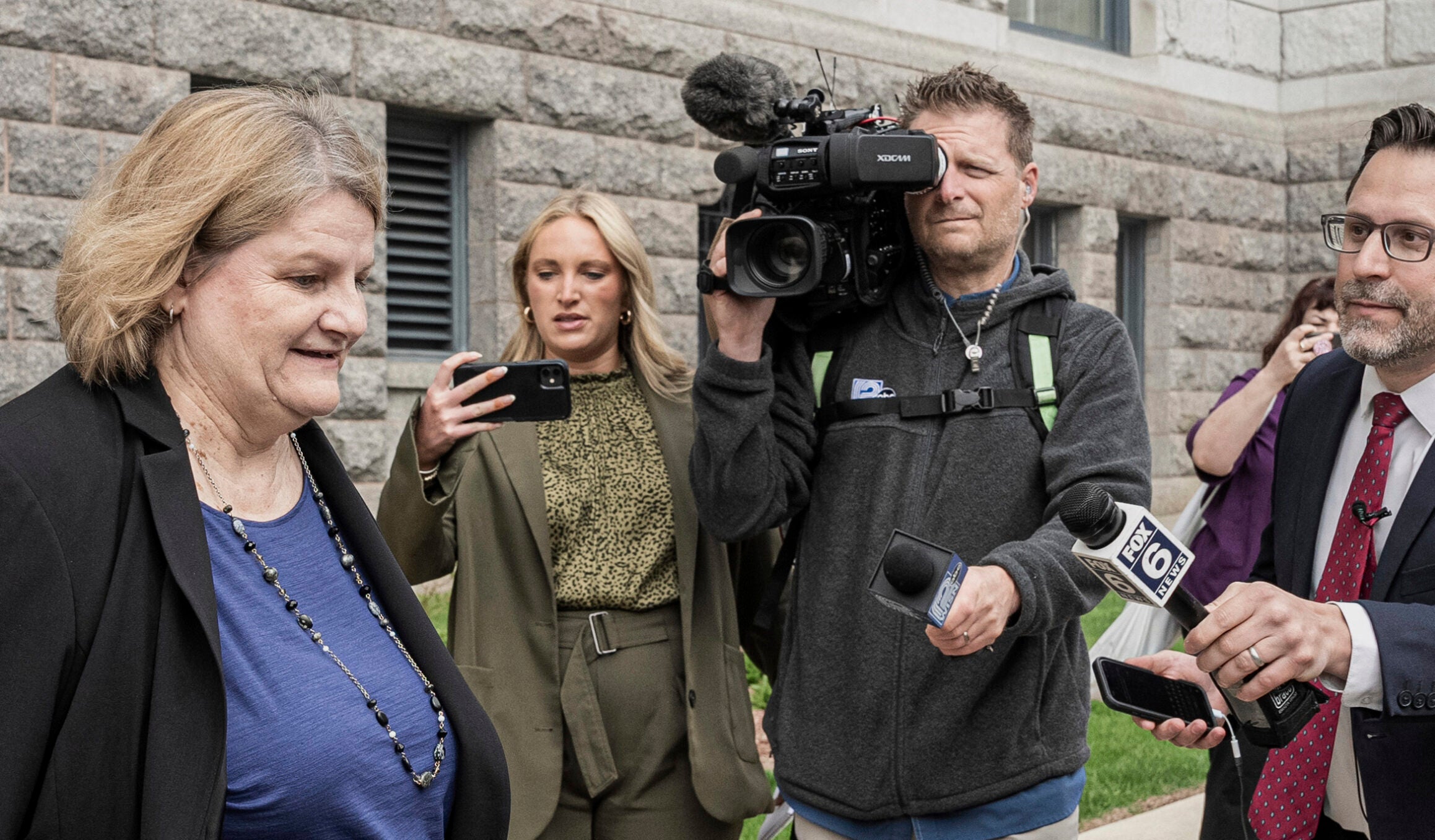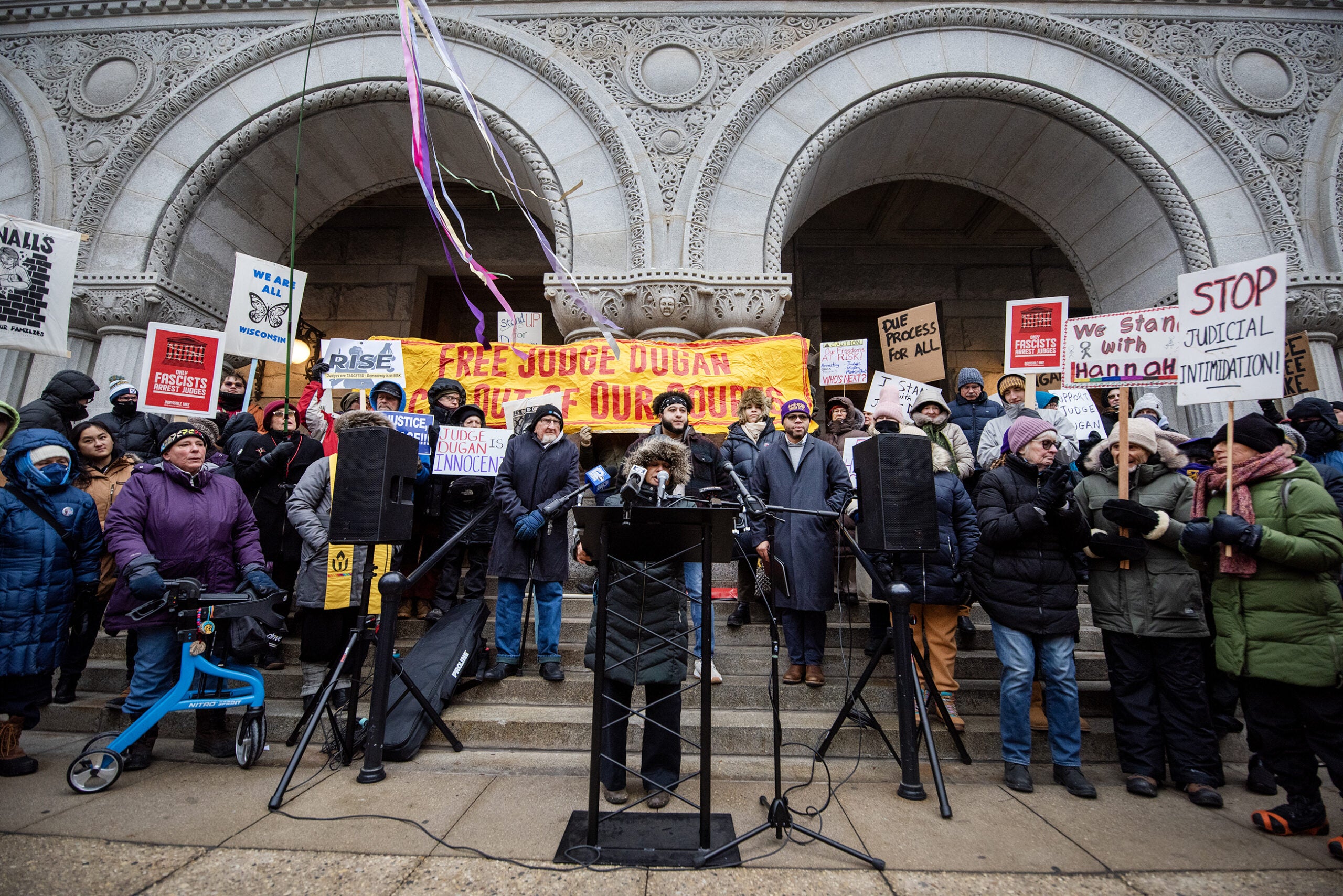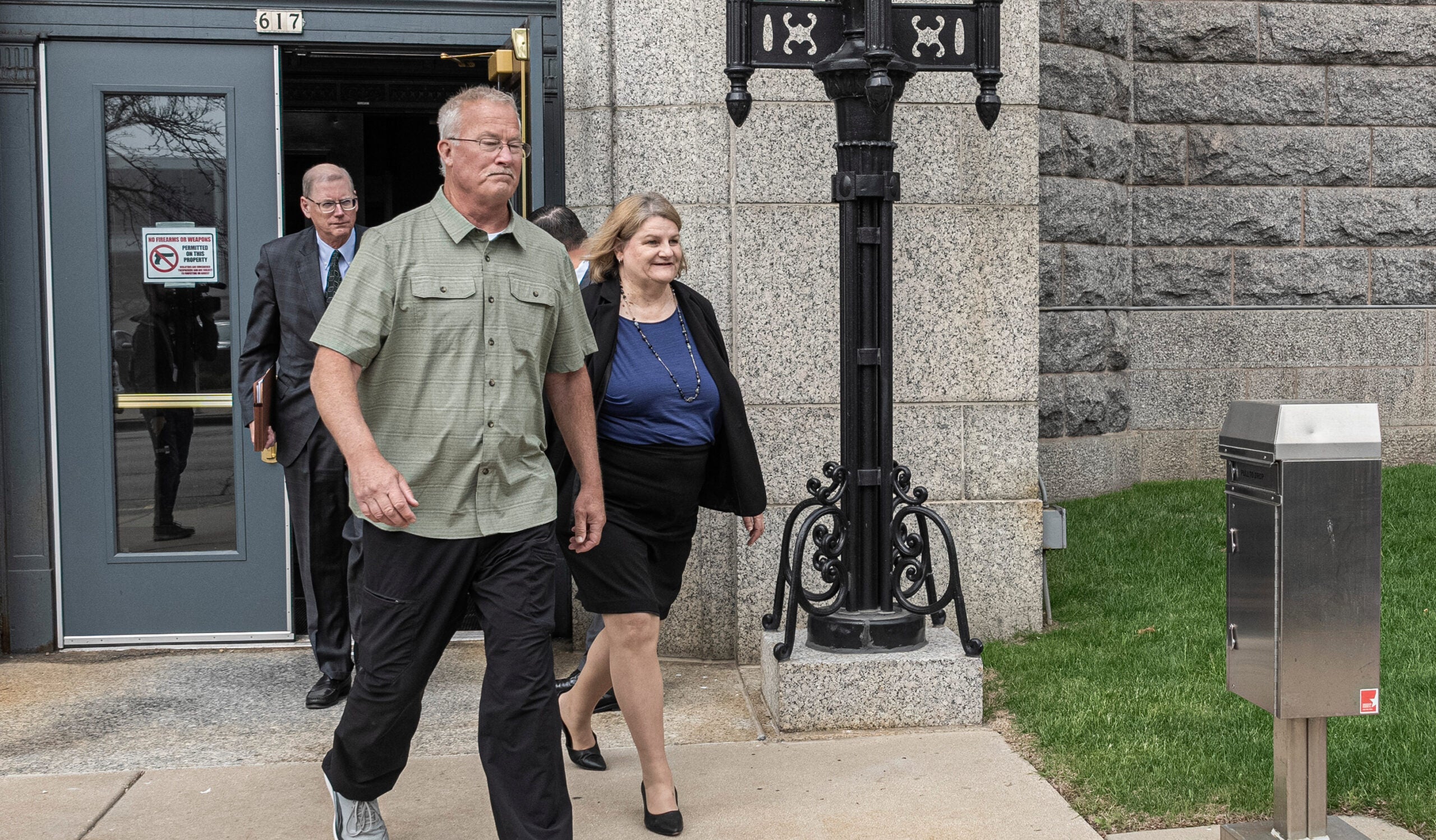A Kenosha County judge has agreed to let jurors see explicit video evidence in the case of Chrystul Kizer.
Kizer, now 23, is charged with the killing of Randy Volar, a man who sexually abused her when she was underage.
The case has brought international attention to the issue of sex trafficking, especially against Black women and girls.
News with a little more humanity
WPR’s “Wisconsin Today” newsletter keeps you connected to the state you love without feeling overwhelmed. No paywall. No agenda. No corporate filter.
Kizer, who is Black, was 17 when prosecutors say she shot Randy Volar, a 34-year-old white man, before setting his house on fire and fleeing in his car.
Kizer’s attorneys plan to argue for her acquittal by citing a state law that shields trafficking victims from being prosecuted for crimes committed as a result of their trafficking.
The first-degree intentional homicide case is set for trial in June, and Kizer’s attorneys say jurors should be able to see video evidence, including videos that show Volar sexually assaulting Kizer and other girls.
Prosecutors argued jurors should only see transcripts instead of the actual videos because of issues, including the privacy of victims.
But, during a motion hearing Friday, Circuit Court Judge David Wilk sided with the defense.
“I recognize and appreciate the district attorney’s interest in protecting the sensibilities of Kenosha’s jurors, but the court believes that Kenosha jurors are made of sterner stuff,” Wilk said Friday. “The court believes that they will be able to view all evidence properly admitted and apply the law as instructed by the court to reach a just verdict.”
In a memo submitted to the court last month, Kizer’s public defenders argued videos would convey the most information to jurors.
“A transcript is not able to capture tone of voice to show whether someone is afraid, excited, nervous, or any other emotion that would change the context of an interaction the way a recorded interaction does,” attorney Gregory Holdalh wrote. “A transcript is not able to convey body language or other non-verbal methods of communication, which is in plain view in a video.”
Holdalh also wrote that the videos could be shared in a way that protects privacy.
“In cases for prosecution of Possession of Child Pornography, illegal images are presented to the jury, but hidden from the public,” Holdalh wrote in the February filing. “The same can be done in this case and should be done for the videos involving Ms. Kizer, who was a child at the time she was sexually assaulted by Mr. Volar. The Court can play the videos on a television screen for the jury, but angle it in a way that it is not viewable by the gallery or the public at large.”
Also on Friday, Wilk agreed to let prosecutors submit evidence from an October 2018 interview that Kizer gave to police, provided that the evidence is used to call into question the credibility of a witness.
Kizer’s attorneys tried to stop that interview from being used because Kizer didn’t have an attorney present and wasn’t read her Miranda rights.
Kizer is back in the Kenosha County jail after authorities say she fled the state and violated the terms of her bond.
On Monday, Kizer appeared in Kenosha County court on four felony bail jumping charges, and a court commissioner set her bond at $60,000 cash. Prosecutors say she fled to Louisiana with a Milwaukee man who she attacked in January.
Wisconsin Public Radio, © Copyright 2026, Board of Regents of the University of Wisconsin System and Wisconsin Educational Communications Board.
